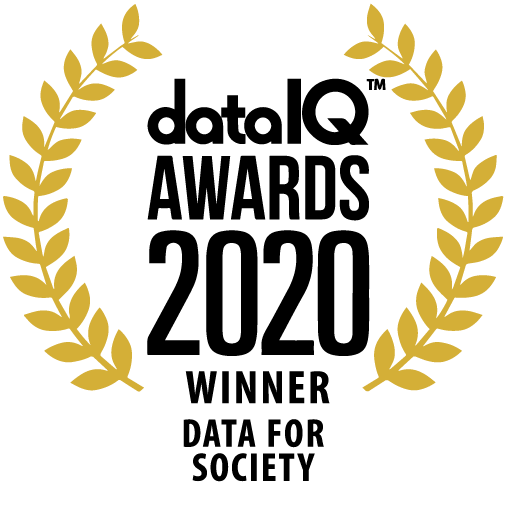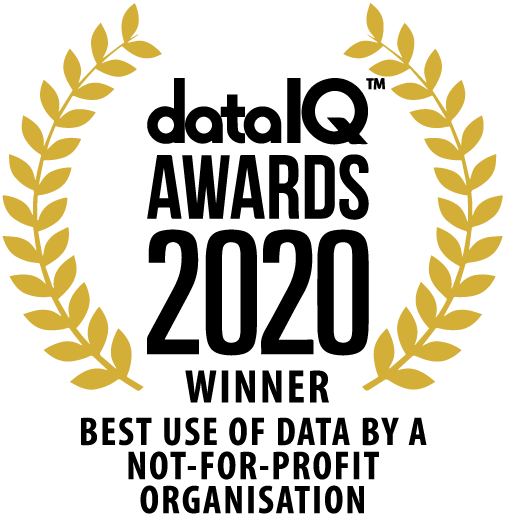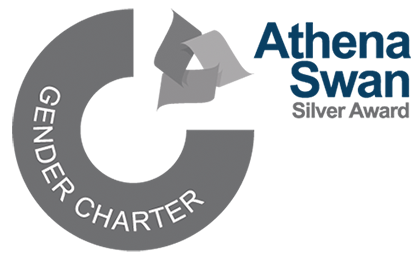Tech Report
Early Detection and Forecasting of Research Trends
Identifying and forecasting research trends is of critical importance for a variety of stakeholders, including researchers, academic publishers, institutional funding bodies, companies operating in the innovation space and others.
Currently, this task is typically performed by domain experts, with the assistance of tools for exploring research data. The overall increase of research data in the past decade makes the use of automatic approaches more suitable for this purpose. However, automatic methods still suffer from a number of limitations. In particular, they are unable to detect emerging and yet unlabelled research areas (e.g., Semantic Web before 2000) and moreover they usually quantify the popularity of a topic simply in terms of the number of related publications or authors for each year; hence they can provide forecasts only on trends which have existed for at least 3-4 years.
This report reviews the state of the art in methods for detecting research topics and forecasting their impact, highlights their main limitations, and provides a preliminary version of a novel approach for the early detection and forecasting of research trends that takes advantage of the rich variety of semantic relationships between research entities (e.g., authors, workshops, communities) as well as social media data (e.g., tweets, blogs).







